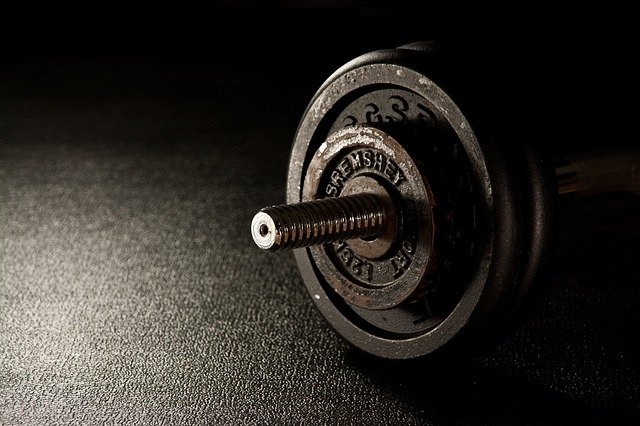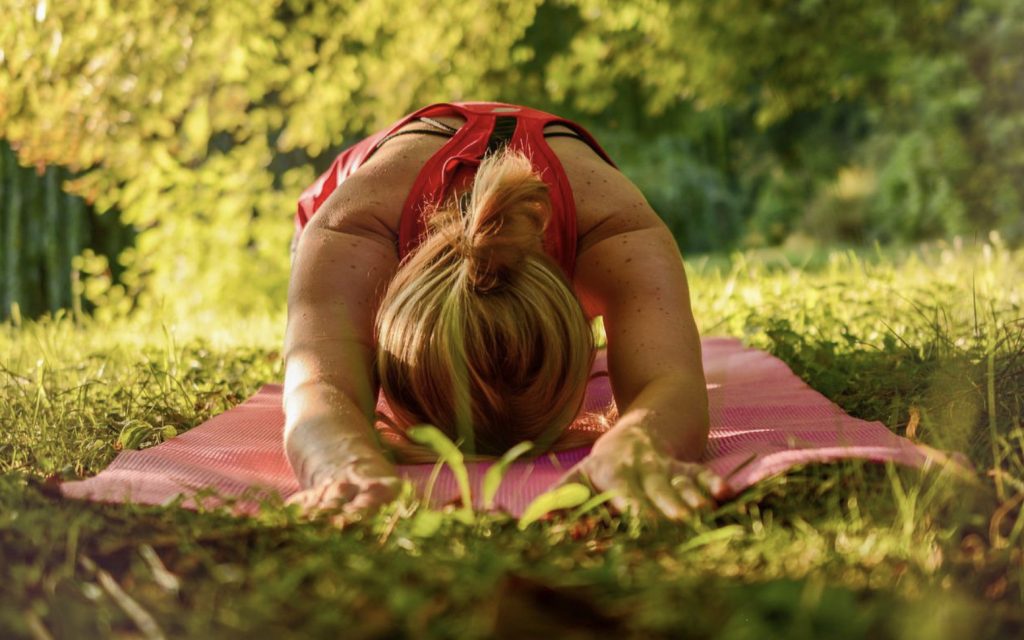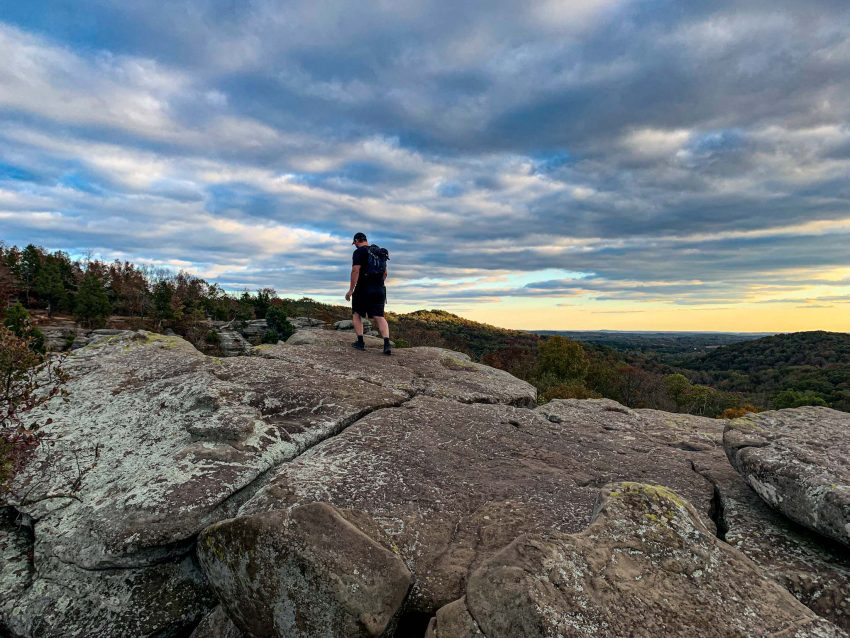Hiking can be an enjoyable, invigorating way to spend some time with family and friends, whether you’re going on weekend jaunts or multi-day excursions. You don’t have to be a serious hiker to enjoy it, either; just about anyone can learn how to start hiking and do it regularly, no matter their physical condition or athletic ability. In fact, one of the most appealing things about hiking is that it can be done by anyone who wants to try it.
Build Strength

If you’re training to hike a long trail, building strength in your legs and core can help you withstand rugged terrain. Push-ups and squats are staples of most workout routines, but try adding some lunges (for your lower body) and planks (for your abs) to amp up endurance. Strength training doesn’t have to mean packing on pounds—it can also be as simple as holding hand weights while you vacuum or doing bicep curls with a gallon of milk in each hand.
Build Endurance

The best training for hiking doesn’t just focus on building stregnth; it also requires mental toughness, as you need to be able to push through challenges in difficult terrain. To build endurance, start small. The goal isn’t to master extreme ascents or mammoth hikes on day one—it’s simple to build fitness and experience at a pace that won’t leave you injured or exhausted before your adventure even begins. Start with small walks and work your way up from there.
Stretching

If you’re just starting out, stretching is a good way to get prepared for your upcoming adventure. It’s also a good idea to make time each day (or at least every other day) to stretch regularly. You can help improve flexibility and ease muscle tension with simple stretches performed throughout your day or as part of a warm-up routine before exercising. And even if you aren’t physically active, stretching can still be helpful in preventing injury and relieving stress.
Healthy Eating

Before you embark on a hiking trip, eating healthily can give you more energy and leave you less susceptible to injuries and sickness. Eating well doesn’t have to mean cutting back on carbs, though. Instead of skipping snacks or counting calories, focus on fiber-rich foods like nuts, fresh fruits and vegetables. These will not only help you keep full until your next meal but also provide valuable nutrients that are often lacking in your diet.
Go Hiking

The best way to get better at hiking is to start hiking. You can read and watch as many videos until your eyes burn. The best way to get better at doing something is to start doing it. Start with short distance trails and hike those many times to get your pacing and time better and better. When you can comfortably finish a trail and not be out of breath and tired then you’re ready to try something more challenging. It’s also important to be in good shape before you go on long hikes, so make sure you have a few months of training under your belt before going on anything longer than 6 miles.
As you can see, there are many factors to consider when deciding how to train for a hike. Whether its a short hike or a long distance. By keeping your goals in mind, you can better determine which form of training will work best for you. Using multiple training methods can help ensure that your hike is both safe and enjoyable!
